Posts Tagged ‘QSLs’
 QSL Bounty
QSL Bounty
The postwoman was very kind to me last week, leaving five QSL's in two days, as well as a package of cards from the QSL bureau. It rather evoked memories of anxiously watching for the Saturday morning postman (do you remember when they actually delivered mail to your door on Saturday's!) as an 11 year old SWL, hoping that there might be another QSL for my attic radio shack wall.
Four of the cards were for recent 2m EME contacts ...
... and one was for 160m, confirming a winter CW QSO with Haiti, bringing my 160m DXCC total to 158 confirmed.
I have always loved QSL's, and looking back, the whole concept of collecting these small treasures was one of the things that initially attracted me to the radio world, when reading a magazine article about shortwave listening and collecting QSL's. I'm not so sure I love the QSL bureau though, but that's a whole other topic ...
Four of the cards were for recent 2m EME contacts ...
... and one was for 160m, confirming a winter CW QSO with Haiti, bringing my 160m DXCC total to 158 confirmed.
I have always loved QSL's, and looking back, the whole concept of collecting these small treasures was one of the things that initially attracted me to the radio world, when reading a magazine article about shortwave listening and collecting QSL's. I'm not so sure I love the QSL bureau though, but that's a whole other topic ...
 Seven To Go
Seven To Go

Confirmed DXCC entity #332 arrived in the mail last week. With a total of 339 active DXCC entities, this leaves just seven to go.
Although I had worked Tunisia a couple of years ago on 15m, I was never able to get the contact confirmed. In spite of sending an SAE and green stamps for postage, 3V8HQ's several promises of his card 'soon to be mailed', proved to be hollow.
The contact with 3V8HQ was my first and only one with Tunisia, since being licenced in 1963. The low level of ham radio activity from 3V8 combined with the challenges of VE7 to Meditteranean Africa propagation, made it a difficult one to work.
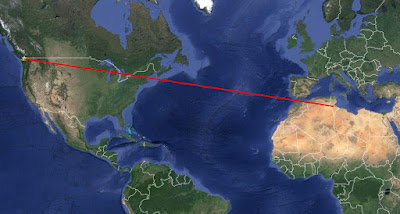 |
| courtesy: https://www.google.ca/maps |
My present confirmed list sitting at 332, combined with my 10 confirmed 'deleted' entities, brings the overall confirmed total to 342. The seven remaining entities will be very difficult, if not impossible, unless I live to be 150. They are:
FT/G, TO - Glorioso
HK0 - Malpelo Island
KP5 - Desecheo Island
P5 - N. Korea
SV/A - Mt. Athos
Z8 - S. Sudan
ZL9 - Auckland / Campbell Islands
A couple of these have been active in past recent years ... for some, I was asleep at the switch and for others, I was away travelling at the time. With solar conditions heading downhill quickly, and possibly staying there for many many years, the prospects of working these last seven is looking pretty bleak.
On the other hand, my favorite winter band (160m) should continue to improve. Last week also brought a new DXCC QSL for me on that band, A35T in Tonga, bringing my confirmed total on that band to 157.
Getting new entities from here on out will be increasingly challenging ... I guess I need to remember, that if it was easy, it just wouldn't be any fun!
 A New Country and Some 2m Es
A New Country and Some 2m Es
The summer propagation doldrums, as well as my roof reshingling projects, received a short respite this week with the arrival of a new DXCC QSL for 160m. The K1N card (Navassa Island Expedition) was received for my CW QSO this past winter. The card brought my 160m DXCC total to 155 worked and confirmed while adding one more to my overall all-band total of 336 / 336.
Sunday afternoon brought a rare and welcome 2m sporadic-E opening. Signals on 6m towards Colorado quickly rose from a normal 'S9' to ear-shattering S9 + 30-40db with one signal putting the S-meter of my IC-756PROIII hard against the right pin and completely blanking the bandscope's lower regions ... I have only seen this happen once before, when beaming semi-local VE7XF while he is running high-power.
I immediately activated my Es MUF receiver (Icom R-7000), tuned to an empty FM frequency and squelched. Not long after, the squelch broke with a strong signal also from Colorado and several more throughout the band. It is difficult to ID FM signals as they rarely identify except at the top of the hour.
After several CQ's on 144.200 (9el yagi and 150 watts) aimed to the SE, W9RM in Colorado popped-up briefly with an S9 signal and was quickly worked before he faded. Unfortunately, either due to lack of activity or fast-deteriorating conditions, his was the only signal heard. In terms of 'quality' of the opening, it was poor, but any 2m Es is always exciting.
I once had a two-hour 2m Es opening to southern California and worked 32 Californians on 2m SSB before conditions faded ... it would be nice to see that once again. One of the fellows I worked that night had just set up his new 2m transceiver and, not being familiar with 2m propagation, told me 'I'll look for you again tomorrow night'. I told him that he could look for me for the next 20 years and he'd likely not hear me ... that opening was 32 years ago!
Let's hope we get some more 2m Es before the season ends as it is one of the most exciting propagation experiences there is.
 49m Canadians QSL’d
49m Canadians QSL’d
My recent interest in the remaining Canadian shortwave broadcasters (see The Lonely 49m Canadians), led me to try and QSL a couple of the stations. Seeing as how the CBC outlet on 6160, CKZU-Vancouver, is almost line-of-sight and just on the other side of Georgia Straight, I haven't yet worked up enough nerve to send a reception report describing their S9+40db signal!
When initially listening for the station in Calgary, CFVP on 6030, I was never able to detect more than a weak, watery carrier. Conditions must have been much worse than I had suspected as normally this path is an easy one. A few weeks later, when I started looking for them again, I found their 100 watt signal to be quite robust, several days in a row. In the early afternoon, their signal was peaking 5x7 and continued to build until Radio Marti in Florida signed on a few hours before sunset and dominated the frequency for the rest of the night.An e- mail report to long-time veri-signer and Ontario DX Association mainstay, Harold Sellers, brought a quick e-mail verification. I was hoping that CFVP would still be issuing a paper QSL but nowadays that is getting to be a rarer and rarer policy.
Harold also reports the following details about CFVP:
CFVP broadcasts the programming of AM 10-60, CKMX, 1060 kHz. The transmitter site is located east of Calgary, just off Highway 22X Marquis of Lorne Trail, on Range Road 290. The Google Earth coordinates are 50 54’02”N 113 52’26”W.
 |
| CFVP Tower courtesy: Harold Sellers |
Steve reports that CFRX is simulcasting CFRB (1010kHz) using 1000 watts into an omnidirectional vertical antenna. They have received several reports from Europe over the many years that he has been sending verifications.
Now to tackle CKZU!
 Hooked On QSLs
Hooked On QSLs
Ever since receiving my first QSL in the mail, as an 11 year-old SWL in Cycle 19, I've always loved getting new cards. Strange as it sounds, I can still recall the fresh ink smell and the brown manila envelope that arrived from "Switzerland Calling". In those days the world was a much larger place and Switzerland may as well have been on the moon. It was a world away ... and the envelope was addressed just to me!
I had a similar thrill this week, when my rural mailbox revealed a much-needed card from Afghanistan. It was from Shuravi, T6T, worked a few weeks ago on 20m ... surprising, as he was using just a low wire dipole supported with bamboo poles.
The card confirmed DXCC country #335 for me with most of them, like T6T, being on CW.
I keep a separate country count, and albums, for my two favorite bands ...160m and 6m, where it seems that new ones come either very slowly or in bunches.
As of today, my 160m total stands at 154 worked and confirmed while my total on the magic band stands at 86 worked and 85 confirmed ... proof of the Pacific Northwest's 6m black hole phenomenon. Sadly I neglected to quickly post a card to 4U1UN for a Saturday morning F2 QSO during Cycle 21. Later attempts proved futile as the logs were subsequently destroyed in a small fire.
The nine remaining DXCC countries will be tough, as, from what I can determine, there is little or no regular amateur radio activity from most of them:
H40 Temotu Province
FT/TO Glorioso Island
HK0 Malpelo Island
KP5 Descecheo Island
P5 DPR of Korea
SV/A Mt. Athos
VP8 South Sandwich Islands
Z8 Southern Sudan
ZL9 Auckland / Campbell Island
I've stayed away from e-QSLing as the look and the feel of a written paper card, was one of the first things that attracted me to the hobby and it seems, to me anyway, an important ham radio tradition to keep alive as long as possible. After all these years, I'm still hooked on QSLs.
 It’s the little things that make life worthwhile
It’s the little things that make life worthwhile
In the day to day, sometimes it's easy to forget the little things that make life worthwhile.
1) Like that yesterday was my daughter Cara's 13th birthday - she's officially a teenager now!
3) That while I was eating my chicken corn chowder in my Jeep, I managed to work DL4ISX in Germany (with some difficulty due to QSB) and HF37SONDA in Poland (who was super loud).
4) That I came home to a packet of QSL cards from the Bureau, including:
Yeah, it's the little things in life that are the absolute best!
72 de Larry W2LJ
QRP - When you care to send the very least!
1) Like that yesterday was my daughter Cara's 13th birthday - she's officially a teenager now!
Did I mention she DETESTS having her picture taken and that she was ready to kill me when I snapped this one at Lake George this Summer?
2) Like that today they served chicken corn chowder in the cafeteria at work today - one of my all time favorite soups.
3) That while I was eating my chicken corn chowder in my Jeep, I managed to work DL4ISX in Germany (with some difficulty due to QSB) and HF37SONDA in Poland (who was super loud).
4) That I came home to a packet of QSL cards from the Bureau, including:
Yeah, it's the little things in life that are the absolute best!
72 de Larry W2LJ
QRP - When you care to send the very least!
 ‘CQ Crossband’ – 630m
‘CQ Crossband’ – 630m
.jpg) |
| First 630m contacts |
In early May, VE7BDQ (John) was my first contact on our new 630m amateur band! Soon after, I had QSO #2, with VA7JX (Jack), on Vancouver Island. So far there appears to be only one other station in Canada on the band... VO1NA in Newfoundland!
Where are the rest of the Canadians? It's not too late to be the 1st VE6, VE5, VE4, VE3, VE2 or VE1 on the new band!
Hopefully there will be more stations active before the winter DX season gets underway!
In an attempt to keep my own interest level up as well as trying to get the word out to others about our new band, I've completed crossband contacts with three other VE stations. Two of the contacts were on Vancouver Island....VE7DAY (John) in Campbell River and VA7FC (Perry) in Courtenay. The third station was VE6TA (Grant), near Edmonton, Alberta. A fourth crossband contact was completed when I worked W7WKR (Dick) near Lake Chelan in Washington state. John, VE7BDQ, also completed crossband contacts with VE6TA and W7WKR giving those two stations a 'VE7 two-fer'.
Both John and I would love to do a lot more crossband work, especially with stations in the U.S.A. who presently cannot transmit on the band but may still be very much interested in 630m. A recent overnight beaconing session at 25 watts output clearly indicated that under fairly normal conditions and with a good receiving system on 630m, my normal speed CW signal can cover a wide geographic area during the hours of darkness. Having up to 500 watts of power available for CW, my signals should have good coverage to all of the western and central states at this time of the year.
Such crossband type contacts are perfectly legal between any and all stations in the "amateur radio service" and at one time, this was the only mode available between Europe and North America on the 50MHz band, as this tantalizing review of Cycle 19's amazing propagation explains.
If anyone, anywhere (both U.S. or VE), would be interested in attempting a crossband CW QSO, I would love to try! Please contact me via the comments section below or via e- mail.
I would also be interested in hearing from any Canadians who are planning to get on the new band as I am trying to keep track on my website's LF page.

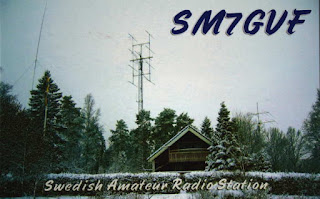
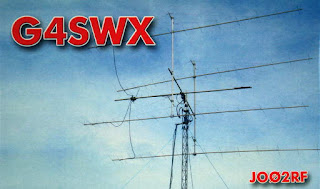



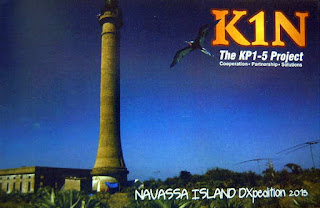
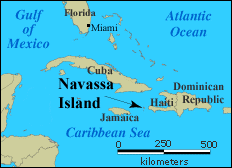







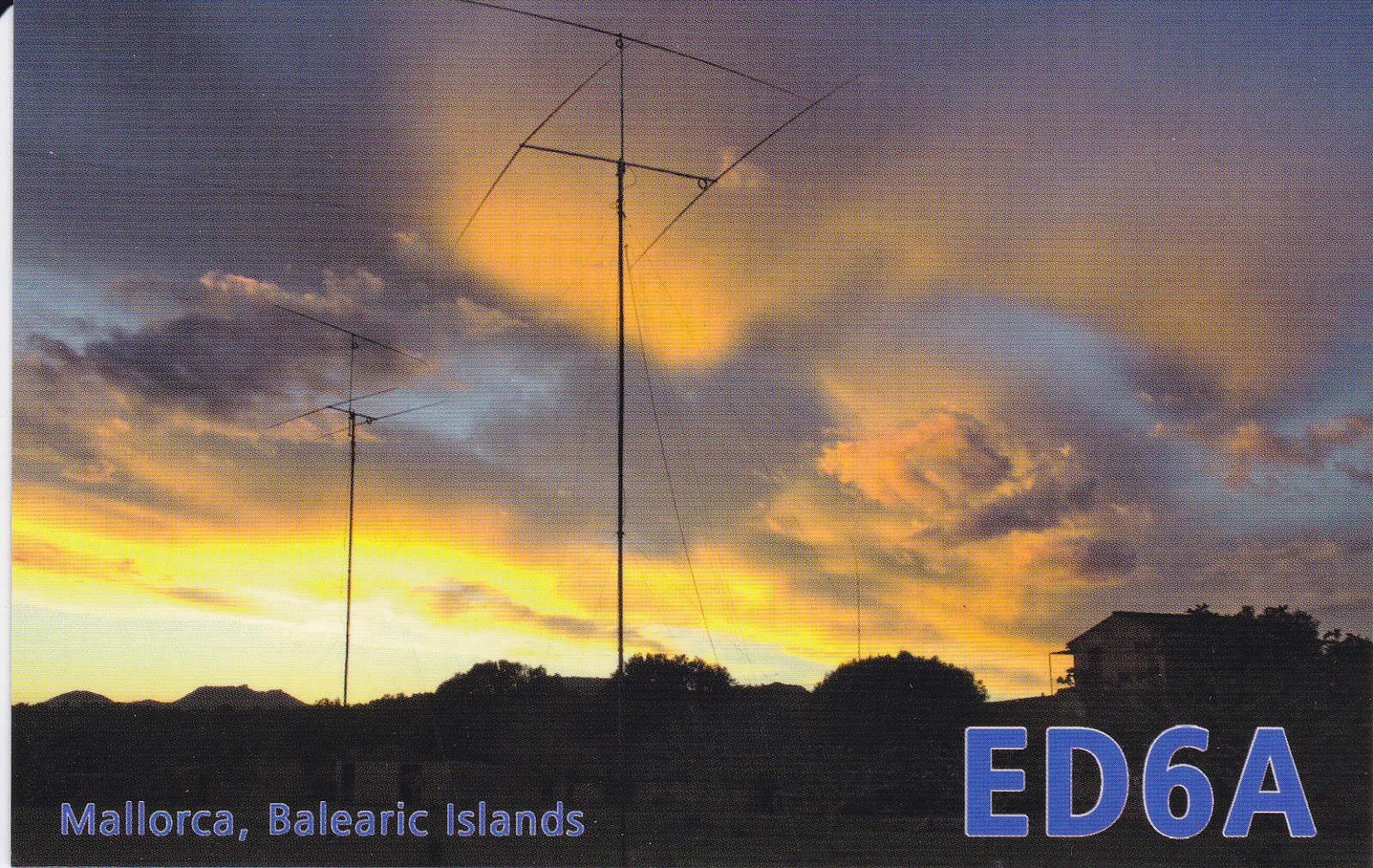




.jpg)












